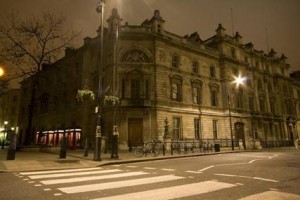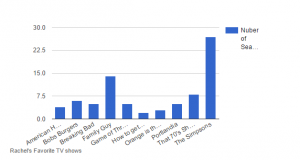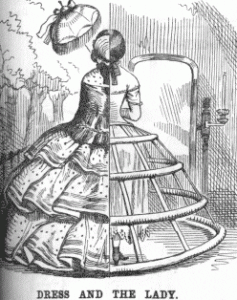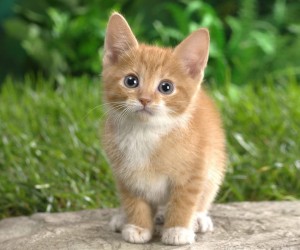In the tale of “The Man with the Twisted Lip”, Holmes is attempting to solve a mystery of a missing man. The biggest and most important plot twist of this story takes place at the Bow Street Police Court. The Police Court is also important to the theme of the story because it is based around crime and the Police Court is where criminals go. The Bow Street Police Court is vital to this story because the court house is where Holmes uses his handy sponge to reveal that the missing man has been using a disguise. He had disguised himself as a Holmes person using dirt so when Holmes used his sponge to clean off his face, it is revealed that this homeless man was the missing man all along. A few interesting facts about the Bow Street Police the first police is that the first one opened. Also “The present aspect of the street is determined by two factors: its function as part of a through-route from Waterloo Bridge to St. Giles’s and Bloomsbury, and the public or semipublic nature of the large buildings that front upon it. Originally, however, the street did not form part of an important line of communication, having no northward opening into Long Acre (Plate 7), and until the building of Smirke’s Covent Garden Theatre in 1809 was essentially the usual street of houses, shops and taverns.” (London, 1970) 

Work Cited:
http://www.locatinglondon.org/
http://www.british-history.ac.uk/survey-london/vol36/pp185-192








